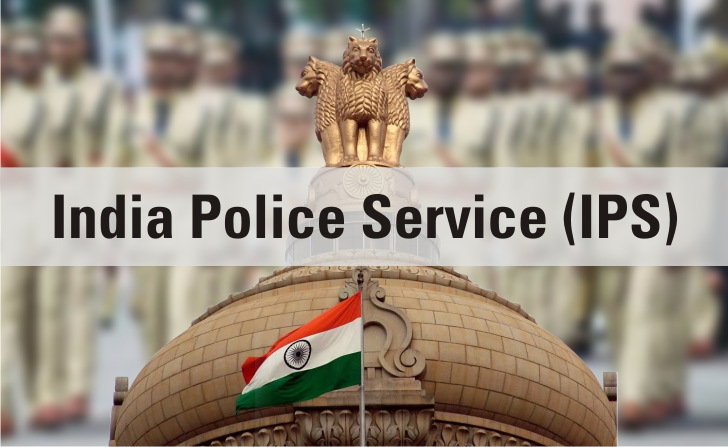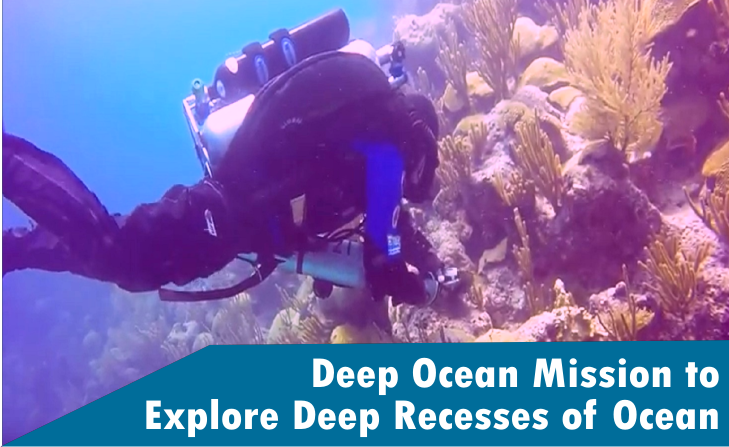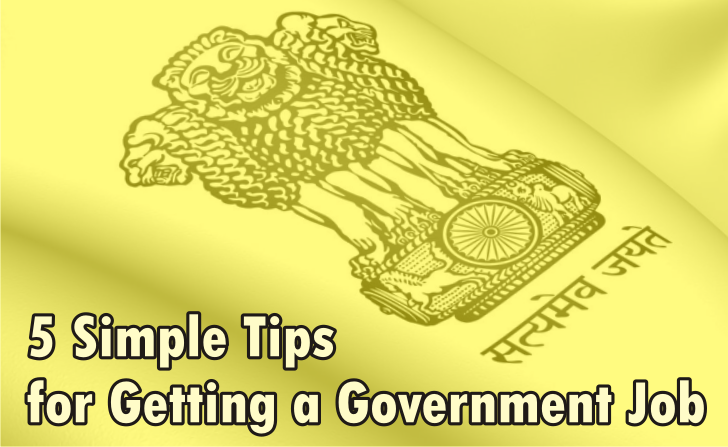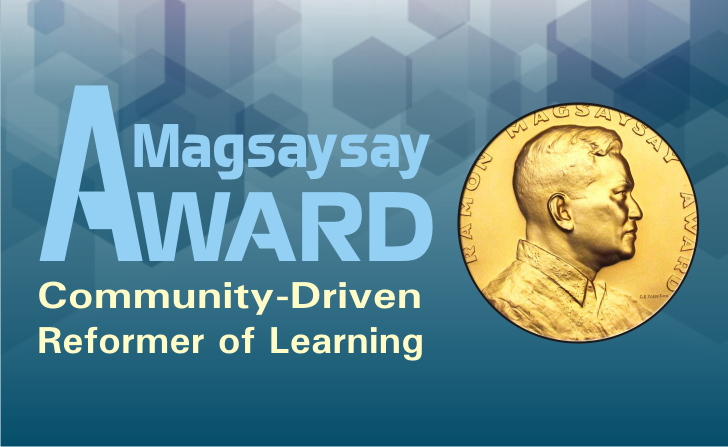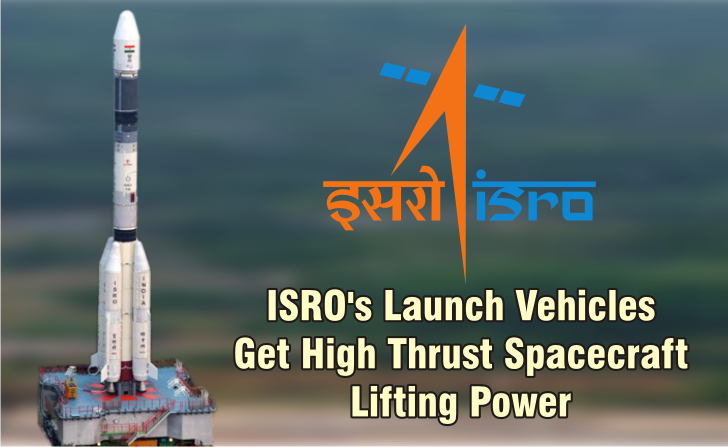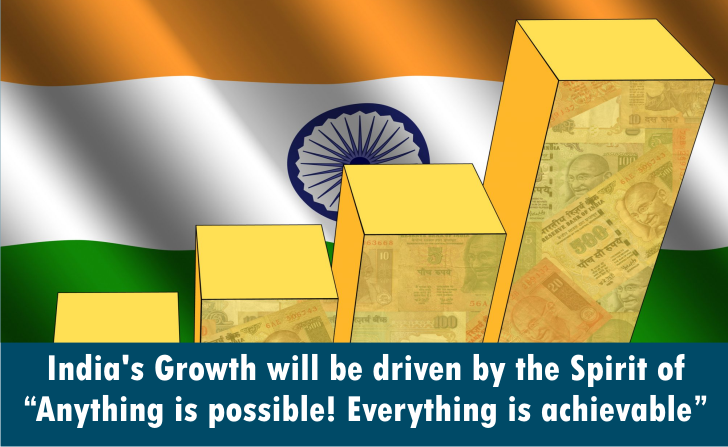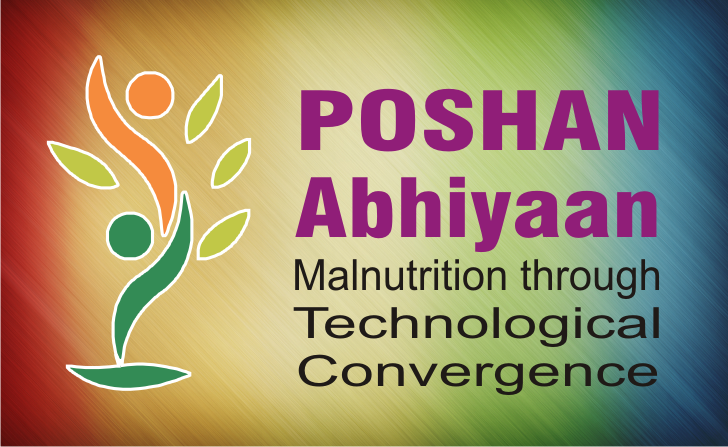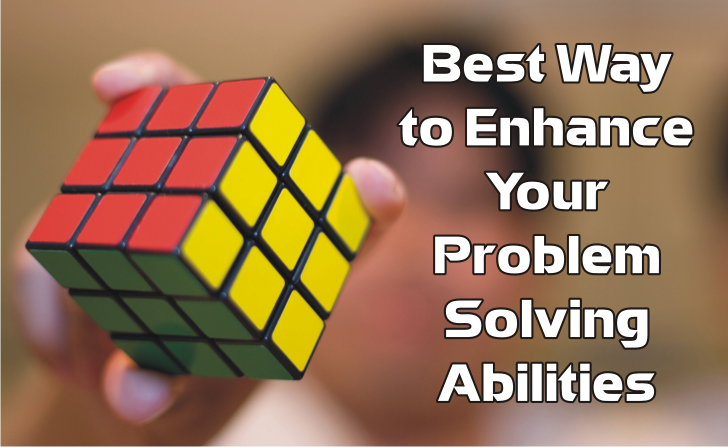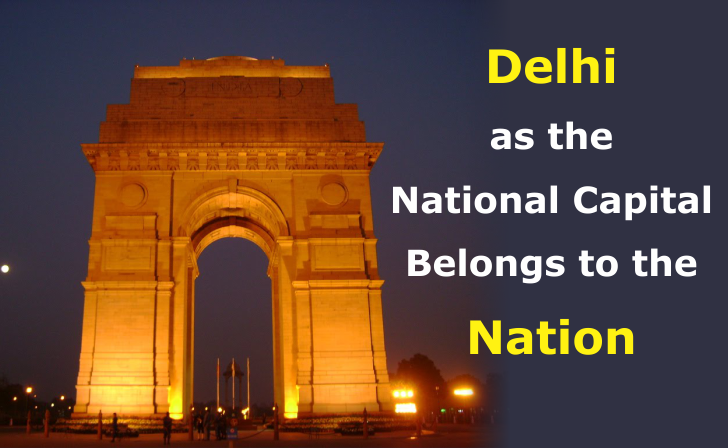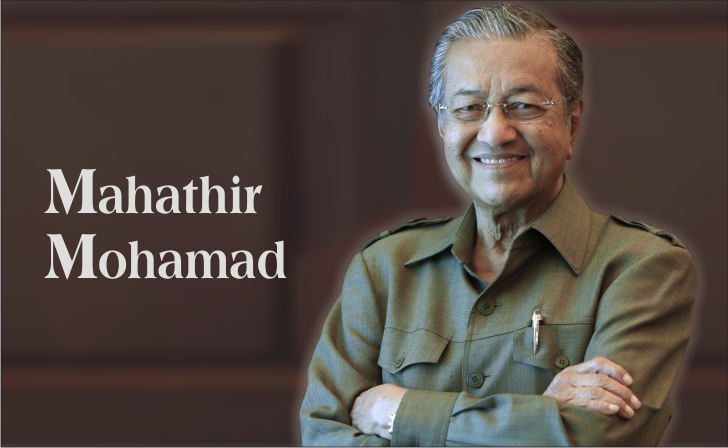Police Medals to promote professionalism and excellence in service have been instituted on Wednesday July 11, 2018 by the Union Home Minister give recognition to those security personnel doing good work in stressful environment and in difficult areas. The awards scheme by the Government is aimed at recognising the good work, boosting morale and inspiring the Security personnel. These five non-cash awards which will supplement and strengthen the existing award schemes in the State Police Forces and Central Police Organizations and Armed Forces, are as follows:
- Union Home Minister’s Special Operation Medal: A scroll signed by the Union Home Minister along with the medal to be awarded to police or security personnel of the Central/State forces for participation in the successful conduct of operations of a significant nature or scale, having direct bearing or impact on the security of the State/UT, region or country, or for participation in major rescue operations.
- Police Antarik Suraksha Seva Padak: A medal to be awarded to each police or security personnel of the Central or State forces for every two years of duty in Jammu & Kashmir, North-East and Left-Wing Extremism affected districts of the country, to recognize the importance of Internal Security duties in such areas. Currently, the medal is awarded only once irrespective of the number of tenures served in these areas.
III. Asadharan Aasuchana Kushalata Padak: A scroll signed by the Union Home Minister along with medal to be awarded to members of Central or State intelligence organizations, branches or units engaged in intelligence gathering for combating terrorism, militancy, insurgency and for acts of exceptional courage and skill in intelligence gathering.
- Utkrisht and Ati Utkrisht Seva Medals:The medal will be awarded to police, security personnel and support staff such as Home Guards working in State Police Forces, Central Armed Police Forces, Central Police Organisations, Assam Rifles, National Security Guards, National Disaster Response Force, Home Guards and intelligence organizations. The number of Utkrisht and Ati Utkrisht Seva Medals in any year shall, in no case exceed 1% and 0.5% respectively of the sanctioned strength of the police force or security agency.
- Utkrisht Medal will recognize the unblemished service with professional excellence in the past 15 years and
- Ati Utkrisht Medal will recognize the unblemished service with professional excellence in the past 25 years
- Union Home Minister’s Medal for Excellence in Investigation:This medal will be awarded to officers in Central investigation agencies, State/UT police force investigating agencies in recognition of their outstanding service in investigation. A scroll signed by the Union Home Minister will be awarded to each awardee along with the medal.
- All the above medals to be awarded each year by the Central or State police force/ organizations on the days fixed by them will be minted and supplied by the Union Home Ministry.
- A selection committee in every State/Central police force/organization will identify the awardees every year.
- In case of the Special Operation Medal, Asadharan Aasuchana Medal and Investigation Medal, the names will be finalized by the Ministry of Home Affairs based on recommendations made by States/UTs and Central police organizations.
About 30 lakh police and security personnel are deployed by the State Governments, UT Administrations and the Central Government throughout the country, in wide ranging duties, which include maintaining peace and public order, investigating crime, regulating traffic, securing vital installations and serving in disturbed areas and at remote locations at the border. They often serve in difficult and challenging conditions.
Centre and State Governments have been taking various steps to improve the efficiency and service delivery of police and security personnel through modernization, training, capacity building, better service conditions such as housing and welfare measures. The awards scheme by the Government is aimed at recognizing the good work, boosting morale and inspiring the Security personnel.

